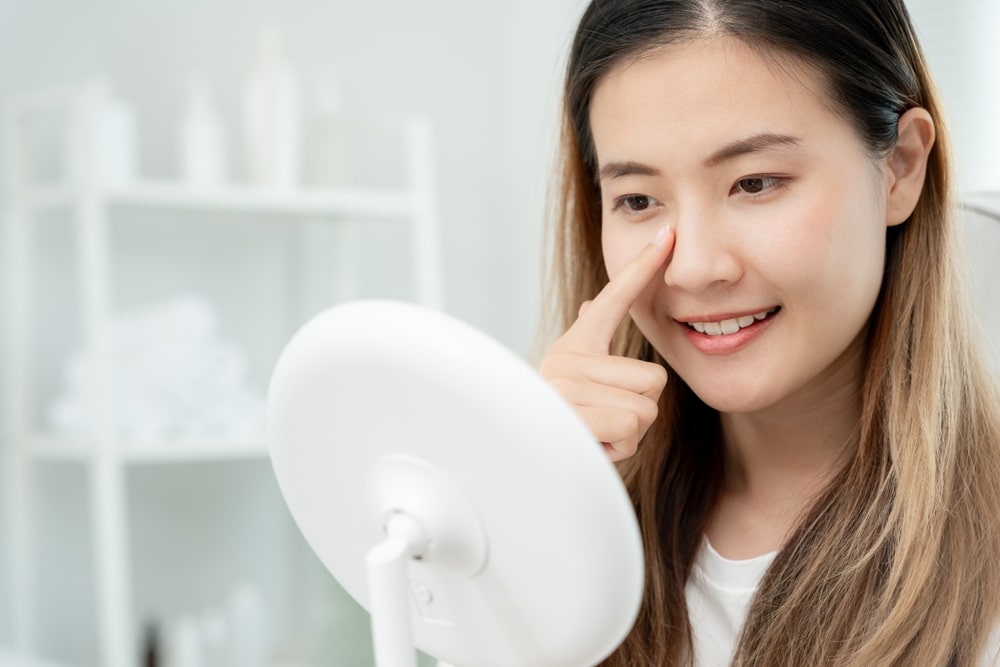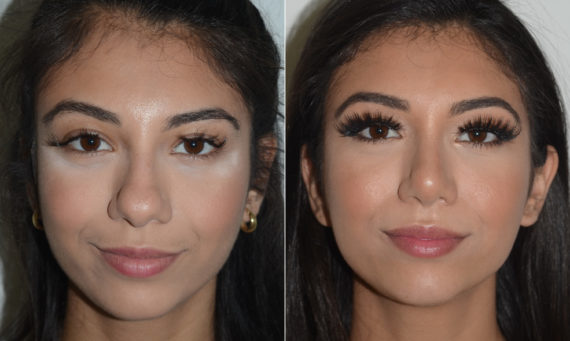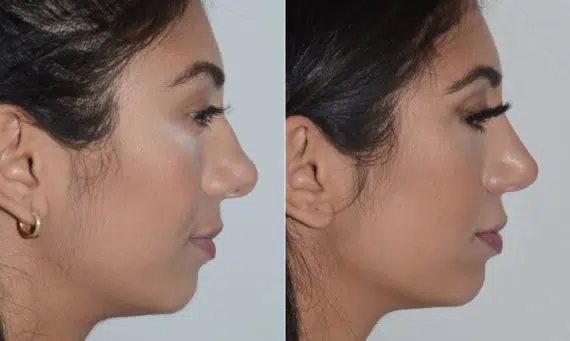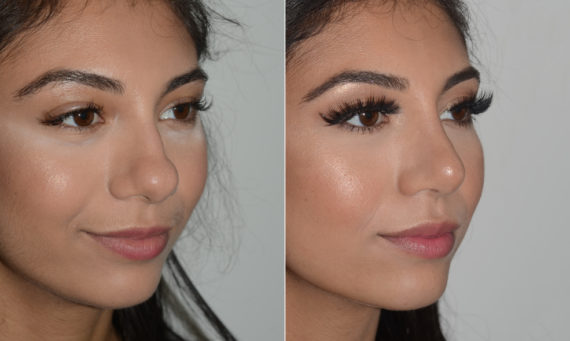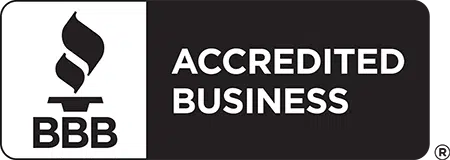Usually called a nose job, rhinoplasty is a surgery that changes the size, shape, or proportion of your nose. It can correct birth defects, repair injury damage, or improve breathing. Postoperative care is crucial for a smooth recovery, and many patients wonder, “When can I blow my nose after rhinoplasty?” Since the nose is delicate in the early healing stages, this article will guide you on managing your nasal congestion and discharge safely without risking complications.

Blowing your nose Tips After Rhinoplasty
- Avoid nose blowing for at least 4 weeks after rhinoplasty.
- Use saline sprays, humidifiers, and drip pads for congestion relief.
- Start gentle nose-blowing only after surgeon approval (typically 4-8 weeks post-op).
- Watch for signs of healing before resuming normal nasal care.
- Always consult your surgeon if unsure about any post-op symptoms.
How Long Does the Nose Take to Heal After Rhinoplasty?
The healing process after rhinoplasty is gradual and requires patience. Here’s what to expect:
Swelling and bruising peak, and the nose is very fragile. The tip may feel numb due to tissue and nerve healing.
First 1-2 weeks
Swelling begins to subside, but internal healing continues. The nasal profile starts to refine.
Weeks 3-4
Most external swelling reduces, but the nose is still sensitive. Full function gradually returns.
Weeks 4-8
The final shape and definition settle as tissues and blood vessels fully recover.
Up to a year
Healing varies for each patient, depending on surgical complexity, health conditions, and adherence to post-op care. Patience and proper care are key to optimal results.
Why You Should Avoid Blowing Your Nose After Rhinoplasty Surgery
In the first few weeks post-surgery, blowing your nose can be harmful because:
This may cause nasal bleeding.
Could lead to swelling or displacement of the new nasal structure.
Bacteria may enter healing tissues.
Instead of blowing your nose, try these safer alternatives:
✅ Saline Nasal Spray – Keeps nasal passages moist and naturally clears mucus.
✅ Steam Inhalation – Inhaling steam (a bowl of hot water + towel over your head) can ease congestion.
✅ Humidifier – Helps maintain moisture levels and prevents nasal dryness.
✅ Head Elevation – Sleeping with your head propped up encourages natural drainage.
✅ Drip Pad – Placing gauze under your nose absorbs mild discharge.
✅ Gentle Nasal Suction (if approved by your surgeon) – Can help clear excess mucus without strain.
❌ Avoid Decongestant Sprays (unless prescribed) – They may worsen swelling over time.
💡 Pro Tip: If you need to sneeze, do it with your mouth open to prevent pressure buildup in your nose.
Transitioning Phases: Tips for Weeks 1-4 Post-Op
During the first month post-surgery, focus on protecting your nose and promoting optimal healing. Here’s what you need to know:
🚫 Avoid blowing your nose completely.
🚫 Avoid touching or pressing on the nose.
✅ Keep your head elevated, even while sleeping.
✅ Use prescribed nasal sprays and pain medications as directed
First Two Weeks (Days 1-14)
🚫 Still avoid blowing your nose unless approved by your surgeon.
✅ If sneezing, do so with an open mouth to reduce nasal pressure.
✅ Use a humidifier to prevent dryness in nasal passages.
Weeks 3-4
Gradual Resumption: Tips for Weeks 4-8 Post-Op
By week 4, many patients start feeling more normal, but your nose is still healing internally, even if it looks fine on the outside. At this stage, you may be able to resume some activities—but always with caution and after getting approval from your surgeon.
Can I Blow My Nose?
✅ If your surgeon allows, start with light pressure and use gentle nose-blowing techniques (never forceful).
✅ Look for key signs that indicate it’s safe to resume:
- Swelling has significantly reduced – The nose no longer feels overly swollen or tight.
- Less tenderness and sensitivity – Pressing lightly on the sides of your nose doesn’t cause discomfort.
- Minimal nasal discharge – Less mucus buildup means your nasal tissues are stabilizing.
❌ If blowing your nose causes discomfort, STOP immediately and wait longer to avoid damaging the delicate nasal tissues.
💡 Pro Tip: Always use a soft tissue and blow gently, one nostril at a time, to avoid excessive pressure buildup.
Can I Exercise?
🚫 Avoid high-intensity workouts or any activity that raises blood pressure (such as weightlifting or running), as these can lead to increased swelling or nosebleeds.
✅ Gentle activities like walking are generally safe—but check with your surgeon before resuming anything more intense.
Can I Wear Glasses?
🚫 Avoid placing glasses directly on your nose bridge, as this can distort healing tissues.
✅ Use alternative supports like taping glasses to your forehead or switching to contacts if possible.ities and contact sports to prevent accidental bumps or injuries to the nose.
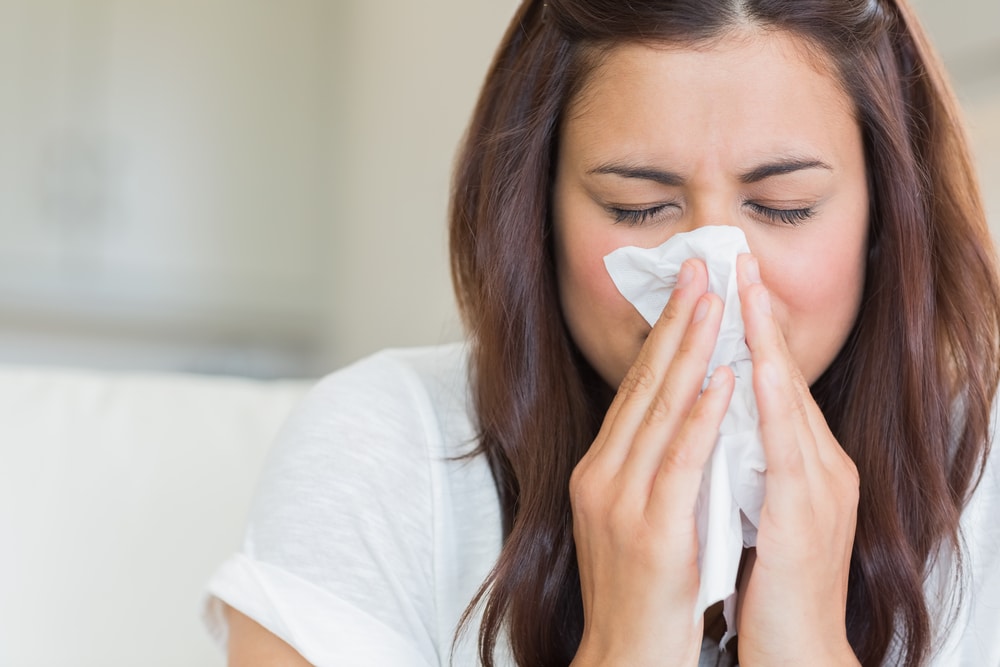
Consultation with Your Surgeon
Consulting with your facial plastic surgeon is a crucial part of the rhinoplasty process. This is the time when you can discuss your expectations, concerns, and any questions you may have about the surgical procedure. Your surgeon will conduct a physical exam, assess your nasal skin and facial features, and discuss the potential outcomes of the nose surgery .
During this initial consultation, your surgeon will also provide detailed instructions for the postoperative period. These instructions will cover everything from the use of drip pads and saline nasal spray to the avoidance of certain activities and foods.
Preventing Risks and Complications & Maintaining Long-Term Nasal Health
To ensure a smooth recovery after rhinoplasty, it’s crucial to follow your surgeon’s post-op care instructions carefully. Taking prescribed medications, avoiding high-risk activities, and maintaining proper nasal hygiene all play a significant role in preventing complications.
✅ Be mindful of your nasal hygiene – Avoid touching or pressing on your nose. When washing your face, be extra gentle to prevent accidental bumps or irritation.
✅ Steer clear of irritants – Smoke, dust, and strong fragrances can trigger inflammation and prolong healing. Opt for a clean, humidified environment to keep nasal passages comfortable.
✅ Avoid strenuous activities – Exercises that increase blood pressure can lead to swelling or even bleeding. Always check with your doctor before resuming workouts.
✅ Stick to your medication plan – Whether it’s pain relief, antibiotics, or saline sprays, follow your doctor’s recommendations for the best results.
🚨 Warning Signs to Watch For:
If you experience persistent bleeding, severe pain, or signs of infection (such as fever or pus-like discharge), contact your surgeon immediately.
Patience Leads to the Best Rhinoplasty Results
Healing after rhinoplasty is a gradual process, and patience is key to achieving the best results. Avoid blowing your nose for at least a month, follow your post-op care instructions, and consult your surgeon before resuming normal activities.
By taking the right precautions, you can ensure a smooth recovery and enjoy the full benefits of your new nose!
📞 Still have questions? Contact Dr. Bustillo’s office at 305-663-3380 or fill out our contact form for a personalized consultation.
